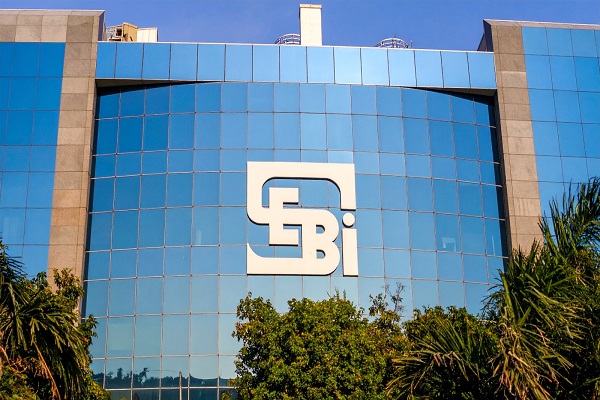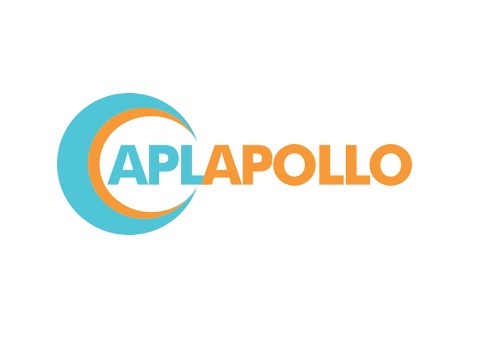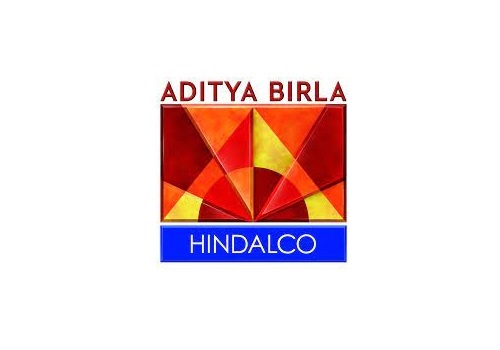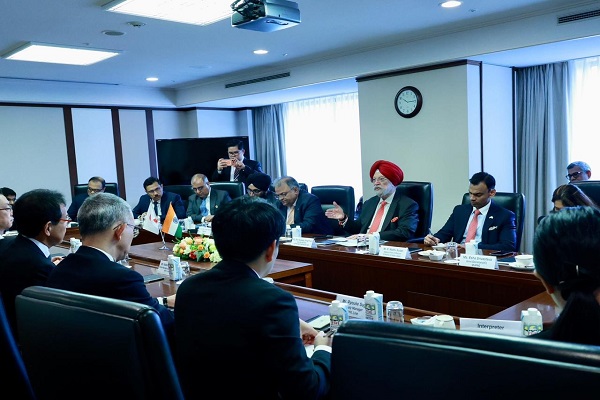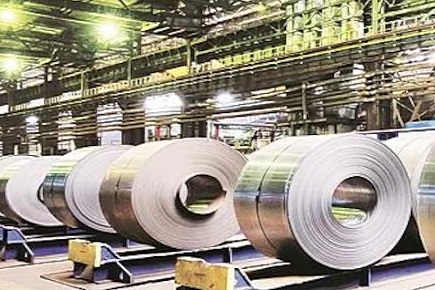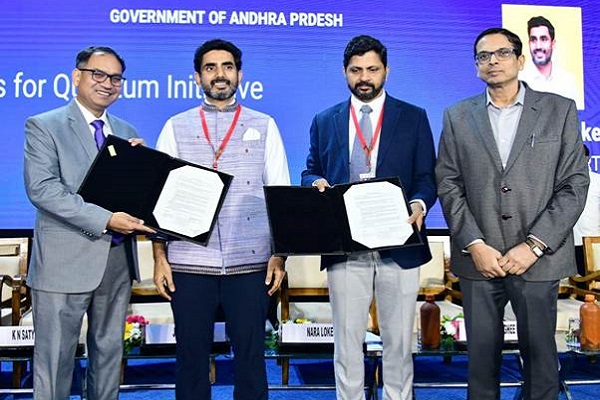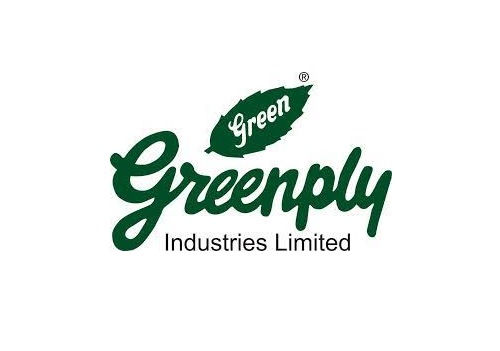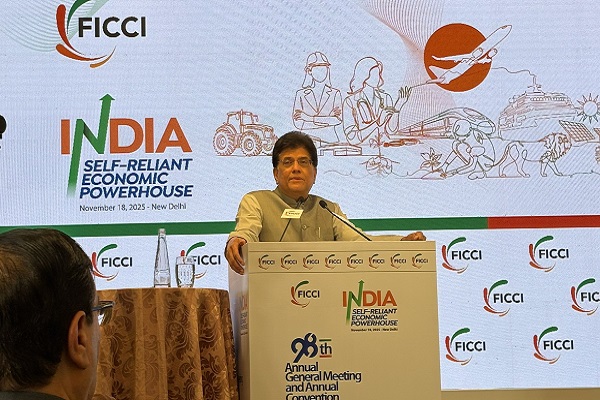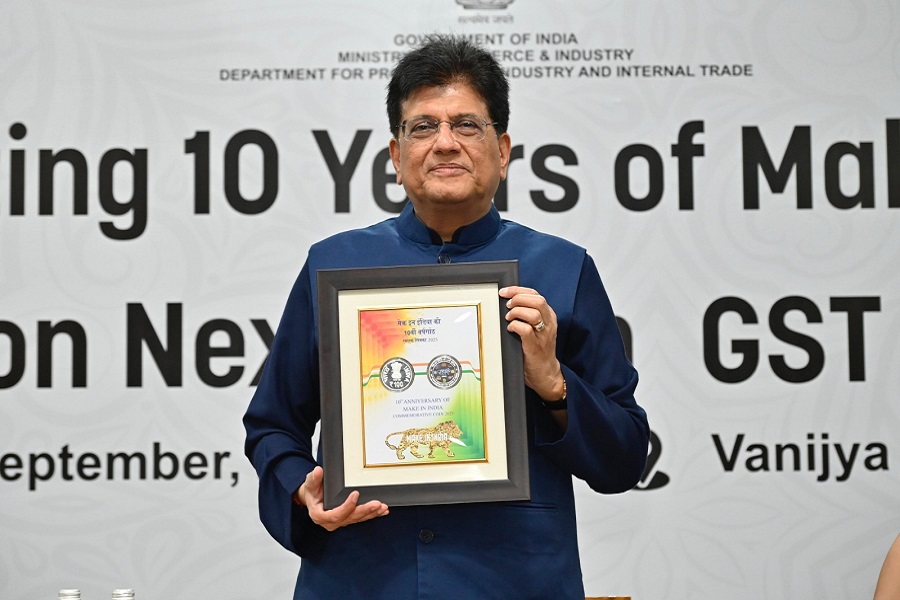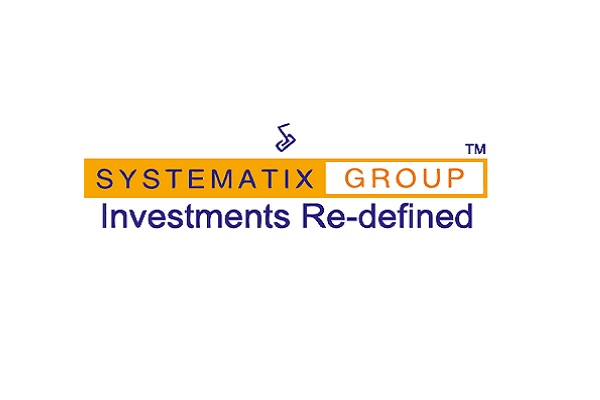IIT Bombay`s new low-cost, thin coating material can reduce record heat
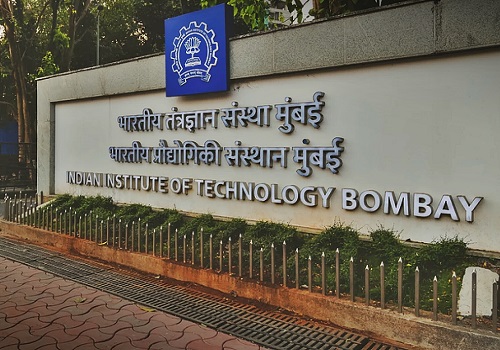
In a breakthrough in passive cooling, a team of engineers from the Indian Institute of Technology (IIT) Bombay has developed a new type of coating material that is low-cost, thin and can effectively reflect the sun's heat and reduce the amount of heat absorbed by the material, thus providing thermal insulation.
The material is a hydrophobic (water-repelling) epoxy composite coating with fillers, which reduces heat conduction and imparts high infrared reflectance in a thin coating of just about 65 micrometres.
The researchers conducted tests where a coated surface was irradiated using an infrared (IR) lamp, placed at a location giving 60 degrees Celsius on the surface of the coated metal panel.
The novel composite coating on the surface decreased the temperature under the coated panel by 15 to 21 degrees Celsius. This performance is better than any previously reported coatings, said the team in the paper published in the journal ACS Applied Materials & Interfaces.
The composite coating also boasted a high solar reflectance of sunlight in the near-infrared (NIR) region of the spectrum, exceeding 72 per cent.
“Our work mainly prepared ‘active additives’ (called fillers), which can be added to a suitable resin to make a temperature shielding coating,” said Prof. Smrutiranjan Parida from the Metallurgical Engineering and Material Science Department, IIT Bombay, in a statement.
The coating has two types of fillers.
The first filler is made up of micron-sized silica-modified hollow microspheres (sHMS). The second filler, comprising surface-modified Titanium dioxide (TiO?) nanoparticles, plays a pivotal role due to its high solar reflectance, meaning it can bounce back a significant amount of the sun's heat.
Further, in tests involving exposure to Sodium Chloride (NaCl) solution, a kind of salt-water test, the coating revealed an incredible 99 per cent corrosion protection efficiency. This demonstrates that the coating can protect metal surfaces from the deteriorating effects of their environment, increasing longevity and decreasing maintenance costs.
The use of low-cost materials such as hollow microspheres, and a simple manufacturing process also ensures an economically viable product in the market.
“The coating development procedures, including the surface modifications of the fillers, are easy to adopt, single-step, and do not require complex instrumentation. The hollow microspheres used are inexpensive and can be obtained from the industrial waste of coal plants, providing an effective waste management solution for coal plants,” remarks Prof. Parida about the additional advantages of the coating.
The team now looks to add new features to their coating material, such as adding fire-retardant properties. They are also investigating the production of a VOC (volatile organic compounds)-free waterborne coating system to make it more environmentally friendly.
